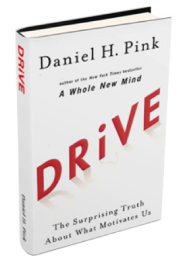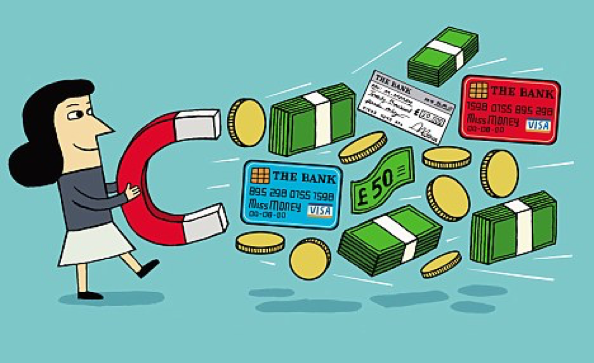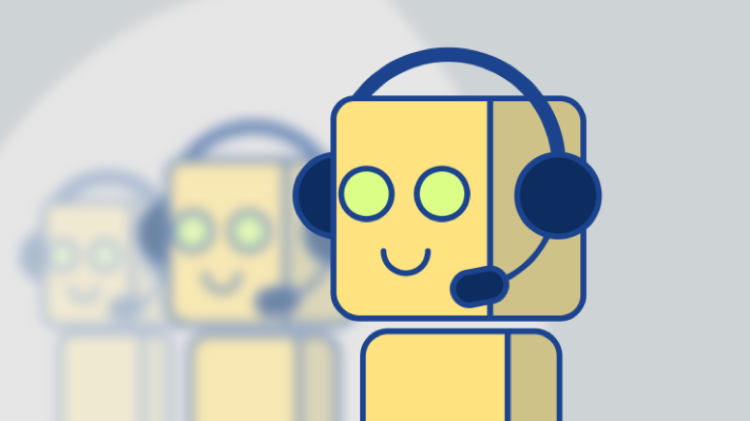This article was originally published by Management Today in March 2017.
Ask anyone about a recent great customer experience they’ve had, and they’ll probably mention the person who made it happen.
Rosie, the hotel receptionist who arranged for the kitchen to reopen because your train was delayed and you missed dinner. Graham, the air steward who found paper and colouring pens to keep your toddler entertained. Bianca, the shop manager who drove to your house with the bag of clothes you’d left behind for your big holiday tomorrow.
Those companies that regularly appear in the ‘best customer experience’ charts – First Direct, John Lewis, Google – are just as well known for great service as they are for engaged employees. Yet many other companies who claim to obsess over customers often overlook the thing that makes the biggest difference: People. And more importantly, the empathy and spontaneity that those people can bring to an experience.
But whilst reading Dan Pink’s excellent book on motivation – Drive – I discovered a theory that seems to confirm that the things that make for engaged employees are the very same things that create great customer experiences.

The book focusses on self-determination theory, first proposed by Deci & Ryan in 1985, which is concerned with the motivation behind the choices people make. They argue that for people to be motivated, there are three crucial things they need:
Autonomy – Allowing them control over how they complete the task at hand, with a focus on the outcome, not the process, empowering empathetic people
Competence – Giving them support to be good at their job, developing their skills in line with their ambitions, creating ongoing development
Relatedness – Ensuring they have a connection to their colleagues and the company through a shared sense of purpose, with open communication to build trust
So, the theory stands that if employees have these three things, then they’ll be happy, motivated, and engaged at work.

Looking at this through a different lens though, I’d argue that giving employees these three things also creates great customer experiences:
Autonomy – Flexible process which give employees freedom to do what’s right for the customer and react to their specific situation, treating them as individuals
Competence – Customers being dealt with by people who know what they’re doing, giving efficient service with the right answers at the right time, with measures of competence being linked to customer experience
Relatedness – Ensuring customers can relate to the organisation, creating a deeper bond based on shared values and common goals with employees

Despite increasingly living our lives through largely faceless organisations, using Amazon instead of Woolworths, Nutmeg instead of Building Societies, and FitBit instead of Personal Trainers – humans will still pay the central role in creating great customer experiences. It’s still employees who are programming the algorithms, designing the screens, and coming up with the ideas – as well as making the mistakes (just ask the person who’s typo brought down half of the internet recently).
So next time you update your customer experience strategy, by all means start by understanding what your customers really want. But before you start building journey maps, flow charts, and overly-complex measurement frameworks, take the time to understand what’s really important to your employees, too. You may find a way to please both at the same time…
Thank you for reading this article, I really hope you enjoyed it. If you did, I’d love you to subscribe to my blog at johnjsills.com/subscribe to get new thoughts sent to you on an infrequent basis, and find me on twitter @johnJsills
John, a great piece and, coincidentally, I covered similar ground on my blog last week, including a somewhat unscientific approach to matching employee engagement with customer experience – see http://www.knittingfog.blog/customers-first-or-employees-do-you-need-to-ask/
There appears to be a difference – top CX companies have higher engagement scores (as measured by ratings on a job board) – but it’s not as marked as you might think.
Insightful read John. Incidentally, autonomy, competence and relatedness are also three of the six primary sources of stress in the workplace when companies get it wrong, so could swing customer experience the other way when not given attention.
Is that right? What are the other three? That’s really interesting…
I’ll let the Health and Safety Executive give you the low down (http://www.hse.gov.uk/stress/standards/) but essentially the standards are:
Demands (workload, shift patterns, environment)
Control (autonomy in deciding how to do your job)
Support (encouragement, sponsorship and resources provided by the organisation, line management and colleagues)
Relationships (positive working to avoid conflict)
Role (definition and overlap)
Change (how change is managed and communicated)